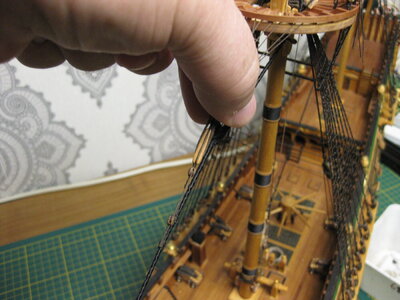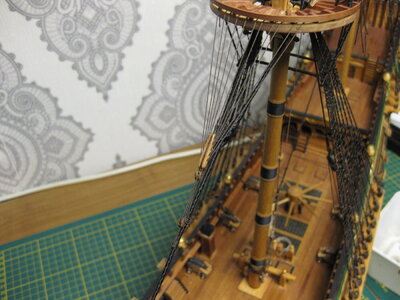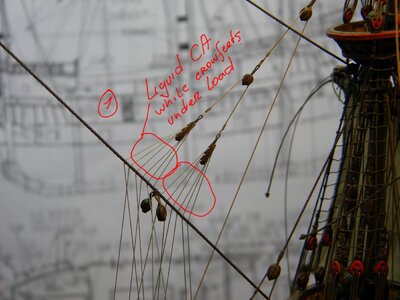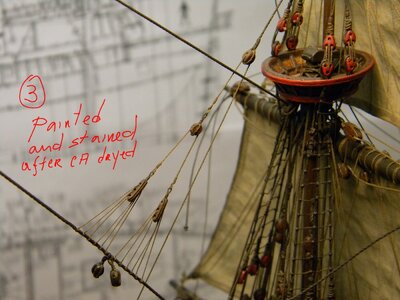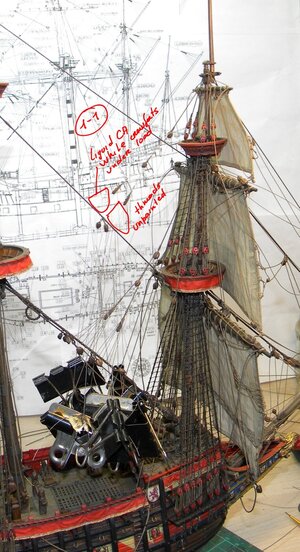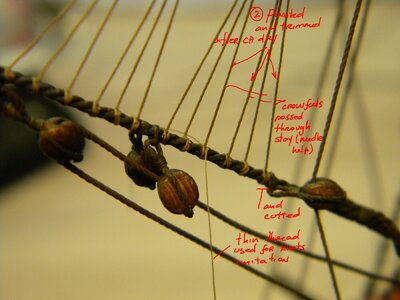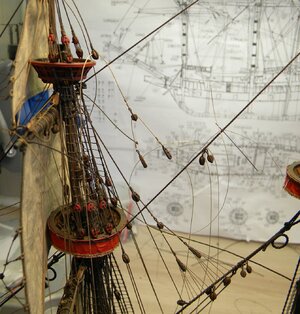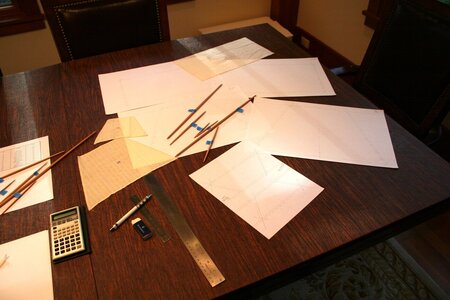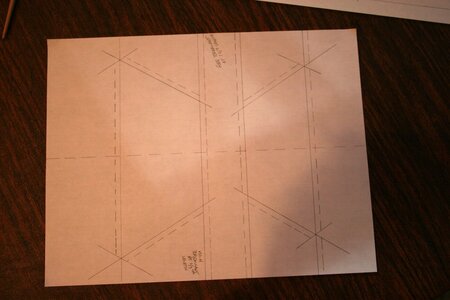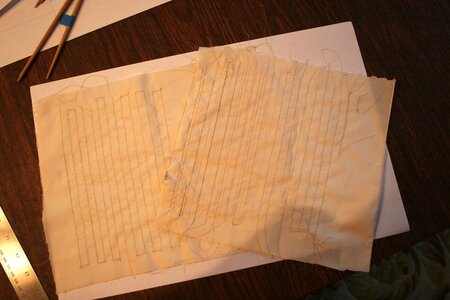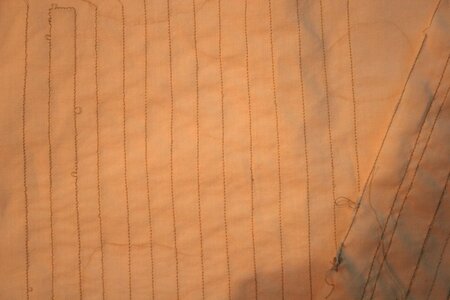Paul,
Beautiful rigging as usual. With regard to your euphroe blocks, below is a picture from the Vasa digital archive. It is similar to the pictures of blocks you showed and those shown in the blocks thesis by Howe (2011). I had the same problem as you when fabricating these euphroe blocks and trying to get the correct tapered shape. I found when I ran the crowsfeet lines and applied any tension, the wood would split. To overcome this, I rotated the wood stock 90 degrees and made the blocks with the grain running across the block. I was using the fine grained Huon Pine, and it worked a treat. What timber are you using? I love that dark red colour.
View attachment 310756
Another problem I faced to, and I note you are too, is the tight line turn that you are attempting on the ropes going through the euphroe blocks. They have a tendancy to curve (albeit tightly), but not the sharp angles of the ropes as I am sure they would have been.
Regards,
PeterG.
Lovely work Paul,
Maybe this is an idea for you and PeterG.
The crows-feet look like a hassle, I wonder if thinned PVA/white glue brushed onto the crows-feet whilst in tension would stiffen it up enough, maybe temporarily putting more tension on the stay to reduce the "kink" and once set reduce the tension in the crows-feet so the stay doesn't have a "kink" in it.
I would suggest doing some experimentation off the model with some sort of simulation.
Cheers,
Stephen.
Yes, Peter, your observation aligns with mine with regard to the way the rope looks as it passes through the euphroe (mine are made from pear by the way). I tried several different things:
- using CA to force the rope into a sharper angle (essentially gluing the rope to the block) - this was a fail for me because it was impossible to tension both sides of six legs after that.
- using Stephen's (the downunder Stephen) suggestion of thinned PVA glue - this was also a fail for me because the polyester based ropes repelled the glue rather than soaking it in (it simply beaded up on the surface along the length of the rope). I have seen other excellent examples of that working but only on cotton based ropes. I suppose I could have made cotton ropes but I don't have cotton source threads here and I was on a mission to get these done.
Stephan (Steef66) has it right. Polyester thread can be shaped under heat (we both heat treat our homemade ropes in an oven to prevent unraveling). I believe Stephan, however, premade his crows feet on a jig before taking them to the ship. I have done mine in situ and I'm not so sure bringing a heat gun to my ship at this point is wise. Maybe a hair dryer? I'll experiment a bit and see if this is possible.
I'm reluctant to start all over on these - they look OK if not perfect (lots of imperfections exist on my ship and one of my little mottos is: perfect is the enemy of good). As a rip-roaring perfectionist my whole life I consciously need to dial it back at times


 . I just moved the box containing my next build to the basement so the sirens contained therein could no longer be heard (What about me? I'm right here. Build me. Make me yours...). Sigh.
. I just moved the box containing my next build to the basement so the sirens contained therein could no longer be heard (What about me? I'm right here. Build me. Make me yours...). Sigh.
